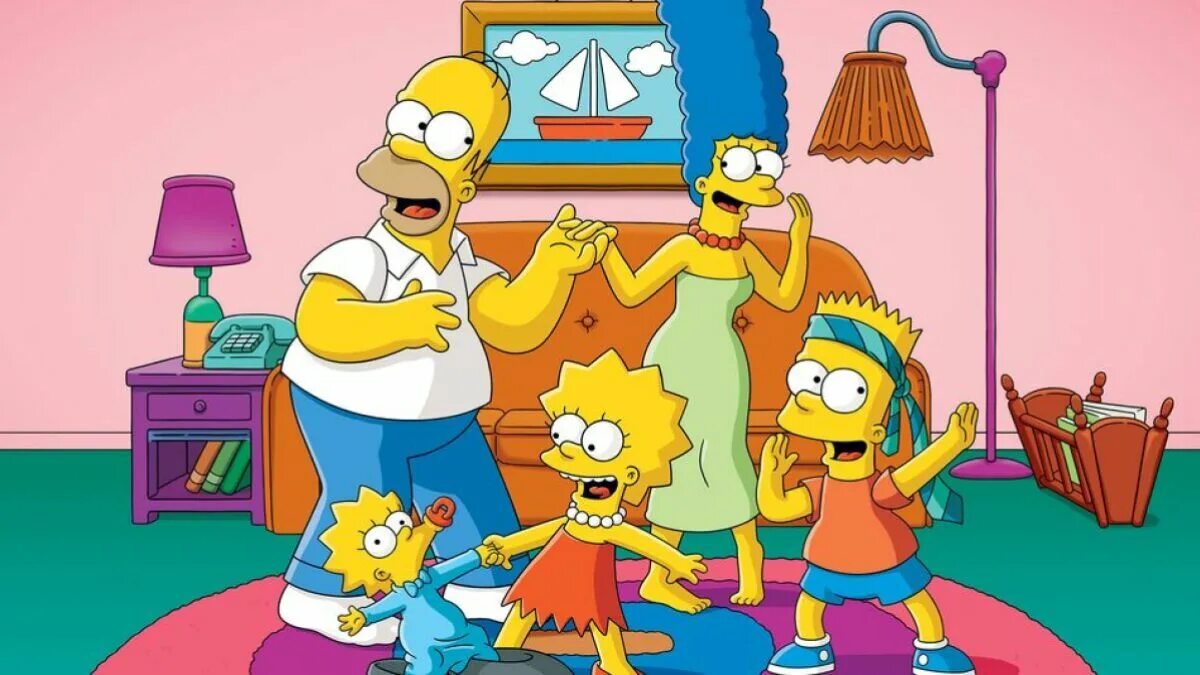If it’s about the future of fashion, it raises questions. Levi’s just announced that it’s partnering with Lalaland.ai, a company that generates patterns using artificial intelligence, to wear their clothes on its site. The advanced goal: to facilitate the projection to represent a wider diversity of landforms, announces the brand in a press release published on March 23, 2023:
“Later this year, we plan to test this technology using AI-generated models to complement human models, increasing the number and diversity of our models for our products in a sustainable way. »
With AI-generated mannequins, Levi’s wants to create a more inclusive and personal shopping experience
At first, you might think it’s a beautiful and noble idea. Lalaland.ai was born in 2019 in Amsterdam with the desire to allow brands and retailers to offer hyper-realistic bodies of all types of morphology, age, size and origin. And this, with the aim of helping to create a more inclusive, personal and sustainable shopping experience (since it would prevent us from making the wrong size, for example). Dr. Amy Gershkoff Bolles, global head of digital strategy and emerging technologies at Levi Strauss & Co, added, also in the press release:
“While AI will likely never fully replace human models for us, we are excited about the potential capabilities this can give us for the consumer experience. We see fashion and technology as both art and scienceand we are thrilled to partner with Lalaland.ai, a company with high-quality technology that can help us continue our journey towards a more diverse and inclusive customer experience. »
Will we soon arrive on e-shops where the AI mannequins will all be personalized in our image?
By the end of the year 2023, when we land on the product page of an item on the Levi’s website, we could therefore not only see the garment worn by a real human being in the “standard” size in the eyes of the fashion industry, but also other mannequins generated by artificial intelligence, which would look like customers. It remains to be seen whether it will be a customizable model, therefore according to one’s morphology, in order to have a better idea of the yield of a product. Or if they will just be new standards, simply embodied by unreal people, that will tick different boxes of social undermining factors, to be able to appear inclusive without hiring and paying genuinely interested human beings.
Furthermore, we can ask ourselves a second time about the future of this type of technology and their direct impact on the professions of models and photographers, in particular. If this practice may seem to facilitate identification, it amputates the part of projection and dream inherent in the fashion industry. In the more or less near future, should we expect to arrive on e-shops where all AI-generated models will look exactly like us, pre-personalized thanks to well-informed cookies about our height, our weight, where we are from? , our age , etc.? And why not soon fashion shows that each of us could watch on our own, where avatars in our image will have replaced the models for each step? We can both enjoy and worry about it.
The latest articles on
fashion industry
-
H&M x Mugler promises to be the hottest collaboration of spring
-
Luxury group Kering wants to reduce its carbon footprint by 40% by 2035: realistic promise or greenwashing?
-
Against polluting plastic sequins, Stella McCartney invents plants
-
Emmaüs confronts Vinted about clothing donations, but reality turns out to be less binary
-
How fashion is getting tired of body-positive and returning to lean heroin chic
-
Rihanna, Michelle Yeoh, Lady Gaga… The most surprising looks of the Oscars 2023
Source: Madmoizelle
Mary Crossley is an author at “The Fashion Vibes”. She is a seasoned journalist who is dedicated to delivering the latest news to her readers. With a keen sense of what’s important, Mary covers a wide range of topics, from politics to lifestyle and everything in between.





